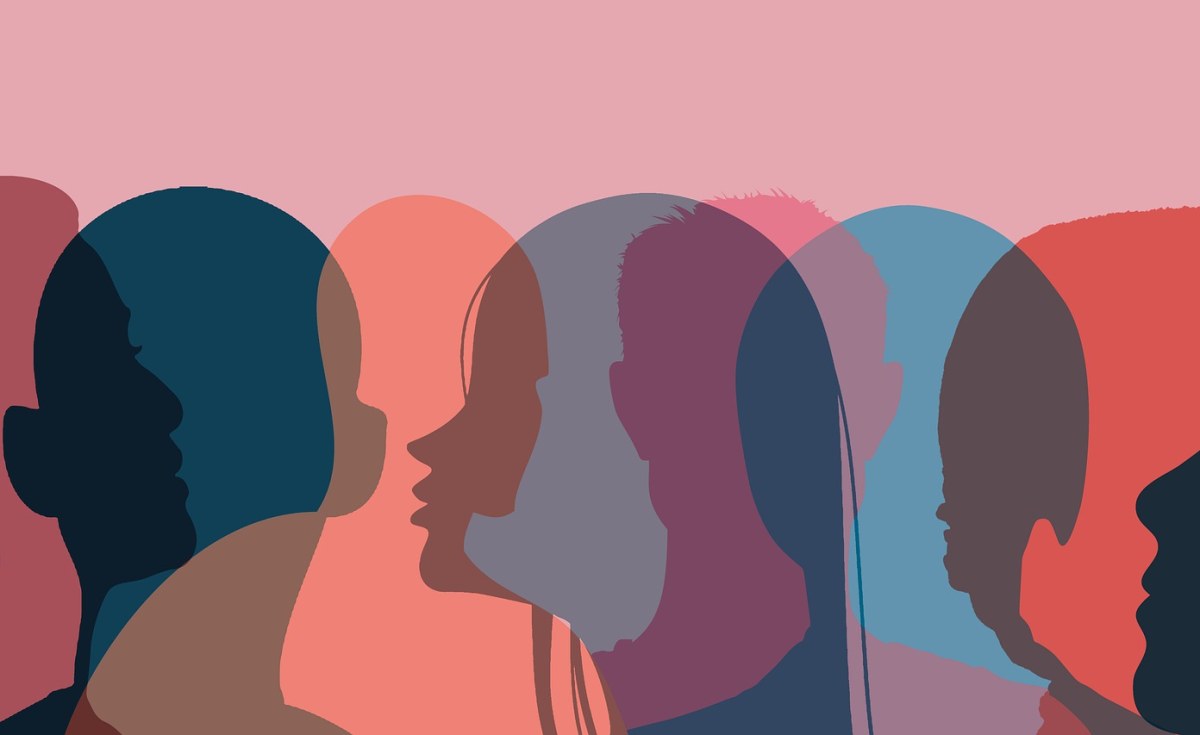In April 2022, the Centre for Human Rights (CHR) and the Centre for Sexualities, AIDS, and Gender (CSA&G) at the University of Pretoria together with the Center for Gender Studies and Feminist Futures (CGS) and the Center for Conflict Studies (CCS) at the Philipps-University Marburg launched the first edition of the Pretoria-Marburg Queer Conversations. The conversations come from common interests in work on LGBTIQ+ and queer identities among the centres.
This six-event series, themed Scholarly and Activist Perspectives on LGBTIQ+ Lived Realities in Africa, creates a monthly space for in-depth discussions that bring together scholars and LGBTQI+ activists.
On July 7, at the fourth event of the series focusing on Theorising Violence and Abuse Within LGBTIQ+ Relationships – Dr. Nelson Muparamoto, a diversity and social inclusion analyst based at the University of Zimbabwe in the Department of Demography, Settlement and Development, led a conversation on understanding intimate partner violence and abuse in LGBTQI+ relationships with specific focus on Zimbabwe.
According to Muparamoto, the World Health Organization constructs intimate partner violence as “behavior by an intimate partner that causes physical, sexual or psychological harm, including acts of aggression, sexual coercision, psychological abuse and controlling behaviours.” Murray and Mobley (2009) point out that same-sex intimate partner violence (SSIPV) describes acts of physical, psychological, and emotional, and sexual abuse that occur between two intimate partners of the same sex or gender.
Between 1995 and 2007, there was a lot of media reportage on political homophobia after the 1995 Zimbabwe International Book Fair saga. GALZ – an association of LGBTQI+ People in Zimbabwe – wanted to exhibit after successfully applying, the government banned them, but in 1996 they went on to exhibit briefly before their stand was razed down by a mob.
The Constitution in Zimbabwe was crafted by progressive forces or forces for change, forces that were pro-status. It has a clause that explicitly bars same-sex marriage, it cannot be solemnized by a priest or a marriage officer who then officiates that, you get arrested if you officiate such a marriage.
Muparamoto says legally the Criminal Codification Act of Zimbabwe criminalises intimacy between men, however, the clause is not so explicit when it comes to women, some people have been taken to court after being accused of sodomy but rarely have there been any convictions that have taken place – apart from that of the former first president Canaan Banana who was the first president of Zimbabwe who was given a one-year term in an open prison.
Most of the cases might take off at courts but then there isn’t any successful conviction. Despite this context seemingly being hostile with regards to socio-legal context, there has been a growth of organizations that work with the LGBTQI+ community. The growth has however come mainly as a result of HIV and Aids interventions.
Despite the popularized homophobic issues in Zimbabwe, there is work that is going on in. On day to day basis, people get to meet, get to interact, get to organize, they get to program, and celebrate international events. There’s a significant change that has happened post the Robert Mugabe era. At this stage, there has not been any recorded incidents of harassment from the state that has actually targeted the LGBTQ+ community. The regime doesn’t seem to be very upfront in terms of its position when it comes to that making it unclear for people in terms of campaigning or advocating for rights beyond the health sector.
“Traditionally, the framing of intimate partner violence (IPV), you’d find that it has taken-for-granted assumptions about men, masculinity, patriarchy, and sexuality where we’ve had the models that have been designed seem to perceive women as passive victims, while men as perpetrators. If you are to look at the interventions that are there in Zimbabwe, they are mainly framed around this, even if you look at the spotlight initiatives against gender-based violence all these have been framed in a way that allows the society or country to address IPV within a heterosexual frame but not outside that frame. So there could be clearly laid out policies even within the domestic violence act that show how these things need to be dealt with and also the celebrations for the 16 days against gender-based violence and all that,” Muparamoto says.
Narrow binary constructions of gender leave out other groups that may not qualify under binary categories, this brings a difficult situation for the community to say, if one has been abused there are no mechanisms that can be used to then get recourse within the community. After all, if the relationship is frowned upon or not sanctioned, it reduces the opportunities to take this issue further to engage so that one can get the support they need.
According to Muparamoto, Giddens (1991:88) talks about pure relationships – entered into for its own sake. The pure relationship is not borne out of obligation or necessity. It is used for what it each party can derive from the other and from their connection.
“So the assumption is if I’m opting out of a heterosexual relationship I’m going to a relationship of choice – a relationship that I think works for me so why would IPV happen now in a context where we are saying we are opting for a relationship that is egalitarian, that protects the interests of all of us,” says Muparamoto.
According to Muparamoto, Murray (1992), Altman (1996) discuss modern gay identity/global gay identity which is assumed to have superseded previous forms of same-sex relationships which may have been either age or gender stratified in some contexts.
For example, during the apartheid era when men from Southern Africa moved to South African mines, other men could choose to become ‘wives’ of men within these settings. This was situational and it was gender stratified to say someone is taking up a role of a ‘woman’ then it became gender stratified. For age-stratified, warriors would get attached to younger men, but this did not take away the ability of these older men to then marry biological women. Global gay identities are always in a continuous flux, so it becomes risky for one to say this is the kind of an ideal and what people are in because identities are not as fixated, they continue to change over time and they are also context-specific.
“This is supposed to break from the partnering associated with that classification, the inequalities that were there, there is an approximation of equality amongst the partners. So this becomes an egalitarian relationship, where I am in a position to express myself freely, to be free from some of these constraints that you find in oppressive or repressive relationships. Why would an egalitarian relationship be oppressive or something like that?”.
“Because the moment that IPV creeps in that makes that relationship oppressive to whoever is involved in that kind of relationship. So it becomes an uneasy territory for me to say – should we even be theorizing about these issues, should we even be talking about it? But be that as it may, this is something that is obtaining; there is IPV within these kinds of relationships,” says Muparamoto.
Source link

